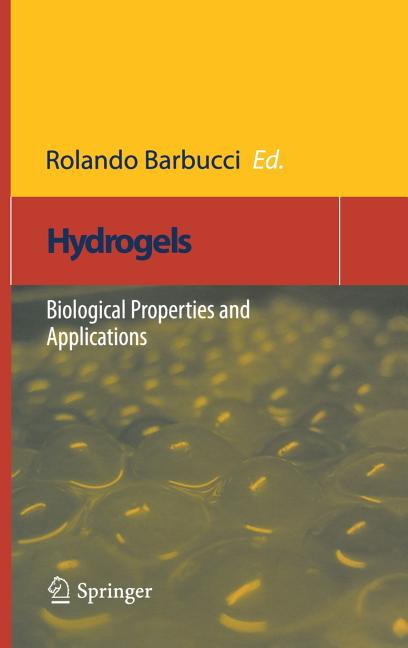1
/
of
1
Hydrogels: Biological Properties and Applications (2009)
Hydrogels: Biological Properties and Applications (2009)
Regular price
$54.99 USD
Regular price
$59.99 USD
Sale price
$54.99 USD
Unit price
/
per
Shipping calculated at checkout.
213 in stock
Couldn't load pickup availability
Descriptions
Descriptions
Hydrogels are a particular class of compounds of which the major constituent is wa- ter. In fact, water is present in the hydrogel up to 90% and is contained in a scaffold which is generally polymeric and obviously hydrophilic. As a result, hydrogels re- semble each other even though obtained from different polymers. Nevertheless, the polymeric matrix gives particular characteristics to the hydrogel leading to applica- tions in different fields. Water is the main element of the human body, thus hydrogels are excellent struc- tures to favourably shelter proteins, cells etc., without altering their characteristics and properties. This is why hydrogels are mainly designed and synthesized for their usein thebiologicalfield;hence the name biohydrogels. Their propertiespoint totheir use as scaffolds for stem cells which has turned out to be a very promising technique for tissue and organ regeneration. For this reason their investigation falls within the Biomaterials Science. Paradoxically, the conceptual simplicity of hydrogelsupto nowhas led to a super- ficialstudy of their chemistry, chemical physics and mechanics preventing their wider application in the human body due to a lack of knowledge of biological component interactions. For example, it is not clear, yet, how to store hydrogels without alter- ing their characteristics. In fact, hydrogels re-hydrated after lyophylization or oven drying, generally show corrupted properties once swollen in water, in comparison with their native counterparts.
Share

